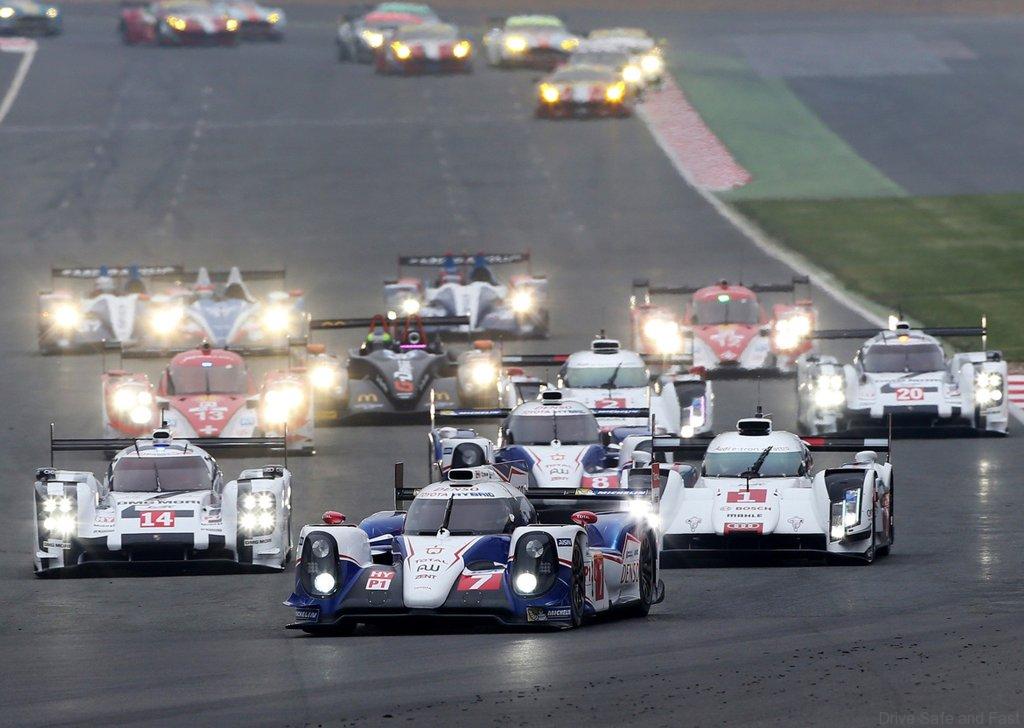The magnitude of the challenge at the 24 Hours of Le Mans can be difficult to comprehend. The speeds achieved and the distances completed are daunting.
Consider these remarkable statistics:
Neel Jani’s pole-winning lap in the No. 18 Porsche 991 Hybrid was 3:16.88. That translates to an average speed of 154.8 mph on an 8.47-mile course that is chiefly public roads in the French countryside. (For comparison, the pole-winning speed at last year’s TUDOR series race at Canadian Tire Motorsport Park – a.k.a. Mosport, one of the fastest road courses in North America – was 127.986 mph.)
The fastest top speed recorded in qualifying for this year’s race was 209.402 mph, a velocity achieved by both the Loic Duval in the No. 8 Audi R18 e-tron quattro and by Neel Jani’s pole-winning No. 18 Porsche 919 Hybrid.
The highest speed ever reached at Le Mans was 251.6 mph, a record set by Roger Dorchy in 1988 on the Mulsanne Straight in a Peugeot-powered WM P88. Two chicanes subsequently installed on the most famous road in motorsports ensure that this record will never be broken.
According to Audi engineers, up to 85% of a lap at Le Mans is spent at full throttle.
The longest distance covered during the race is 3,362.5 miles. This distance record was set in 2010 by the Audi R15 Plus TDI driven by the Bernhard-Dumas-Rockenfeller team.
The 24 Hours of Le Mans is equivalent to driving from San Francisco to New York City in 24 hours flat in rush hour traffic at 200 mph.









